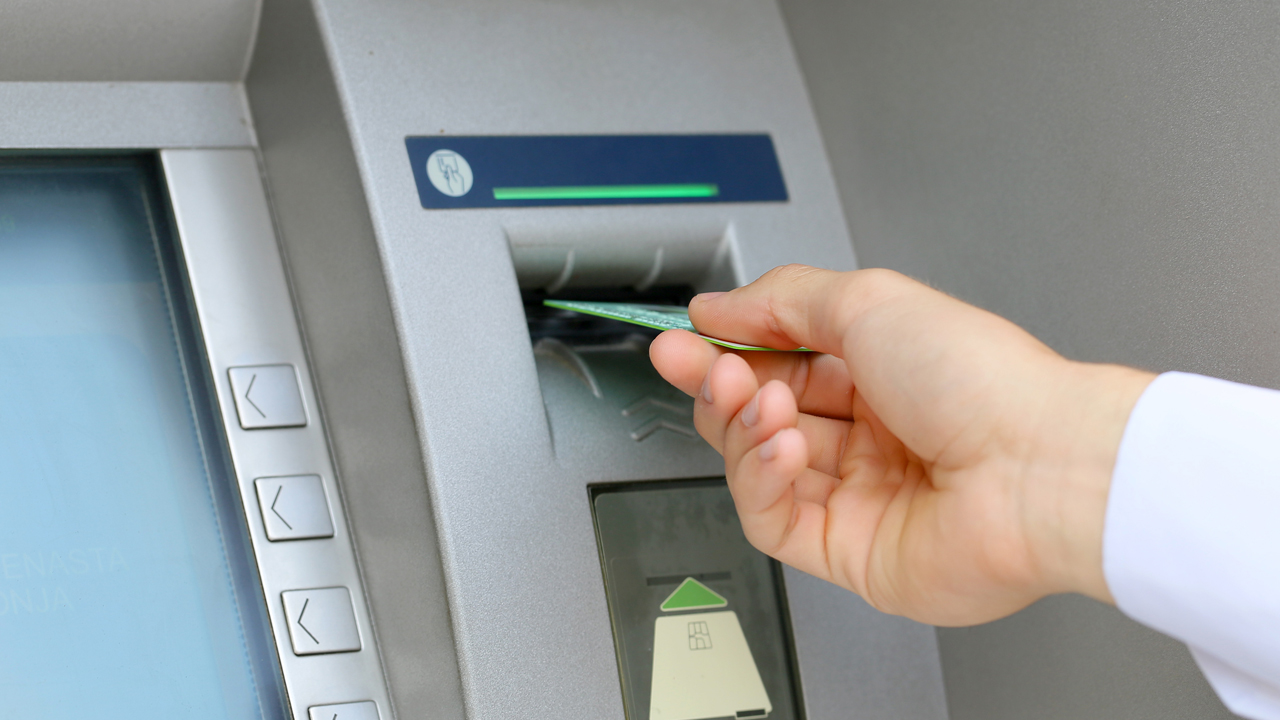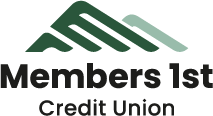
Identify and Protect Yourself from Card Skimmers
Scammers seem like they're in every part of the economy. If you make a purchase online, scammers are trying to get your Members 1st Credit Union credit or debit card number. If you check your email, scammers are trying to get you to download spyware. You might think you're safe conducting all your business in cash, but scammers are waiting in one location you can't get around: the ATM.
ATM fraud has long been a concern, but new advances in technology means consumers need to be more aware. Reports of ATM fraud saw a 5-fold increase between 2015 and 2016. In addition, industry experts report that nearly $2 billion is lost each year due to ATM skimming.
What is Card Skimming
Card skimming is a popular tactic scammers use to target debit card PINs and card numbers. This information can be obtained from card skimmers, small devices outfitted onto ATM machines, gas station pumps, retail point-of-sale readers, or handheld gadgets.
Even though your Members 1st cards are EMV equipped, not all merchants have point-of-sale terminals that accept EMV payments. This will require the continued use of the magnetic strip on the back of your card. Your card data will continue to be stored within the magnetic strip, making your card susceptible to skimming attacks.
How Skimming Works
Although skimming setups can vary, there are generally two major pieces of equipment involved in ATM skimming:
1. A phony card reader. To steal your debit card data, tech-savvy thieves place phony card readers directly over the ATM’s card reader. In most cases, the fake readers fit snugly over the real reader — and since they don’t interfere with your ability to swipe your card, they can be fairly hard to detect. When you use a machine outfitted with a fake card reader, the information stored on the magnetic strip on the back of your card is captured and stored on the device.
Of course, in order to use that information, crooks need one more thing: Your PIN number. That’s why they need a second piece of equipment...
2. A fake keypad or a hidden camera. Fake keypads are designed to look like part of the actual machine. Just like the fake card readers, fake keypads fit over the machine’s real keypad. These devices are designed to record keystrokes – this is how some scammers obtain your PIN number. Not every skimming scam involves a phony keypad, though: Some criminals use hidden cameras instead. These cameras are very small, and they can be hidden just about anywhere – but they’re typically placed somewhere with a good, unobstructed view of the machine’s keypad.
In most cases, a crook will set up skimming gear on a busy ATM machine, wait several hours, and then come back to collect the equipment – plus the debit card information and PIN number that’s been captured. In other cases, the skimming equipment is equipped with Bluetooth, which transmits the stolen information instantly.
How to Protect Yourself
Want to make sure you don’t fall victim to a skimming scam? Use this Members 1st ATM safety checklist before you swipe your card:
Inspect the machine: Does the PIN pad look crooked? Is the card reader the same color and material as the rest of the machine? Members 1st ATMs are grey or silver with a green card reader. Do you see anything suspicious, such as tape residue (skimmers often use double-sided tape to attach their own card readers or keypads), tiny holes, or strange-looking extra parts? Are there any loose parts? Those could be signs that the machine has been tampered with.
Check around the machine. If you’re using an ATM machine located at a financial institution or in a convenience store, make sure you check the areas around the machine, too. Fixtures like shelves or magazine racks can provide the perfect hiding place for a video camera.
Cover the keypad with your hand. The whole point of hidden cameras is to record you as you key in your PIN number. Make things difficult by simply using your hand as a shield when prompted for your PIN.
Avoid using ATMs located in tourist areas. Sure, skimming can happen anywhere, but most experts say that scammers are more likely to hit up high-traffic cash machines. The safest bet is to stick to familiar machines – download the Members 1st Mobile App or visit MembersOnline.org to see the nearly 30,000 surcharge free ATMs available to you.
Be wary of “out of order” signs. In locations with multiple ATMs, thieves will try to direct traffic to the machine outfitted with skimming equipment. One common technique is to stick an “out of order” or “please use next machine” sign over the machine that hasn’t been tampered with – leading unwitting customers to the one with the phony card reader or the hidden camera.
Read your Members 1st statements and monitor your account activity. One of the best ways to protect yourself from scammers is to pay close attention to your banking activity. Don’t assume that everything is okay, or wait too long to report suspicious activity. If you notice any suspicious charges or withdrawals, call Members 1st right away at (530) 222-6060.
Sources: DebtGuru.com, PcMag.com




